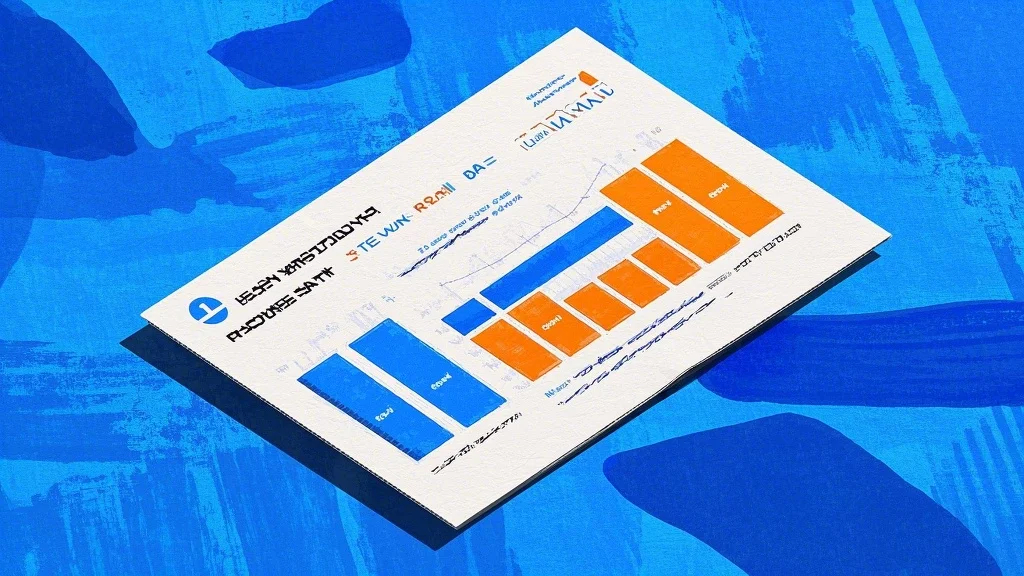Are you considering refinancing your mortgage but unsure where to start? Comparing mortgage refinance rates online can be overwhelming, but it’s a crucial step to securing the best possible terms. In this comprehensive guide, we’ll walk you through the process of comparing mortgage refinance rates online, equipping you with the knowledge to make informed decisions. Whether you’re looking to reduce your monthly payments, lock in a lower interest rate, or cash out equity, this article will help you navigate the options and find the best mortgage refinance rates available.

Mortgage Refinance Rates, Compare Mortgage Rates Online, Best Mortgage Refinance Rates, Mortgage Rate Comparison, Online Mortgage Calculator, Reliable Mortgage Platforms.
When it comes to refinancing your mortgage, the first step is to understand the current state of mortgage rates and how they apply to your specific situation. Refinancing can be a game-changer if done right, but it requires careful research and comparison. Here’s a breakdown of how to get started with comparing mortgage refinance rates online.
1. Understand the Current Mortgage Rate Environment
Before diving into online comparisons, it’s essential to have a basic understanding of how mortgage rates are set. Mortgage rates are influenced by a variety of factors, including economic conditions, market trends, and even government policies. They can fluctuate daily, so it’s important to stay updated on the latest rates.
To get a sense of the current rates, you can visit financial websites, check the news, or use online mortgage rate trackers. These tools provide up-to-date information on average rates for different loan types, such as 30-year fixed-rate mortgages, 15-year fixed-rate mortgages, and adjustable-rate mortgages (ARMs). By understanding the average rates, you can set a benchmark for what you should expect when comparing offers.
2. Check Your Credit Score
Your credit score plays a significant role in determining the mortgage rates you qualify for. Lenders use your credit score to assess your creditworthiness and decide the interest rate you’ll pay. A higher credit score typically qualifies you for lower interest rates, which can save you money over the life of your loan.
Before you start comparing mortgage refinance rates online, it’s a good idea to check your credit score. You can request a free credit report from annualcreditreport.com or use a credit monitoring service. Once you know your score, you’ll have a clearer idea of the rates you might qualify for.
3. Determine the Type of Mortgage You Want
Different mortgage types come with different rates and terms. For example, a fixed-rate mortgage (FRM) offers a stable interest rate throughout the life of the loan, while an adjustable-rate mortgage (ARM) has a variable rate that can change after a set period.Understanding the differences between these options is crucial because it will affect both the rate you receive and your long-term financial strategy.
If you’re refinancing, you might be looking to secure a lower monthly payment, lock in a fixed rate, or cash out equity. Define your goals early on to narrow down your options and make the comparison process more efficient.
4. Use Online Mortgage Rate Comparators
One of the most efficient ways to compare mortgage refinance rates online is by using a mortgage rate comparator. These tools allow you to input your financial details and compare rates from multiple lenders in one place. Many online platforms partner with leading lenders to provide up-to-date and competitive rates.
When using a mortgage rate comparator, make sure to input accurate information, such as your credit score, loan amount, and loan term. This will ensure that the results are tailored to your specific situation. Additionally, most platforms offer a “soft inquiry” option, which means your credit score won’t be affected by the comparison process.
5. Consider Lender Fees and Closing Costs
While comparing mortgage rates, it’s important to consider not just the interest rate but also the fees and closing costs associated with each loan. These costs can vary significantly between lenders and can add thousands of dollars to the overall cost of your loan.
When you receive a quote, ask the lender to break down the fees and costs. Look for items like origination fees, appraisal fees, title insurance, and other closing costs. Some lenders may offer discounts on these fees, so it’s worth shopping around to find the best deal.
6. Set a Rate Target
Once you’ve gathered information from multiple lenders, you can set a target rate that you’re aiming to beat. This will help you stay focused during the comparison process and ensure that you’re making progress toward securing a favorable mortgage rate.
Remember, the lowest rate may not always be the best option. Consider factors like loan term, fees, and overall financial goals when evaluating the offers you receive.
Now that you’ve laid the groundwork for comparing mortgage refinance rates online, it’s time to take the next steps. This includes diving deeper into the loan terms, vetting potential lenders, and making a final decision. Here’s how to proceed.
1. Vet the Lenders
Not all lenders are created equal, so it’s important to vet the lenders you’re comparing. Look for reviews and ratings from reliable sources, such as industry websites or consumer protection agencies. Additionally, check the lender’s Better Business Bureau (BBB) profile to see if there are any complaints or unresolved issues.
When evaluating lenders, pay attention to their customer service reputation, transparency, and ease of use. A lender that offers the best rate but has a poor track record for customer service may not be worth the hassle.
2. Compare Total Loan Costs
While the interest rate is an important factor, it’s crucial to consider the total cost of the loan. This includes not only the interest rate but also the fees, closing costs, and any other charges associated with the loan.
To get a clear picture of the total cost, ask each lender for a Good Faith Estimate (GFE). This document outlines all the costs you can expect to pay at closing. By comparing these estimates across multiple lenders, you can make an apples-to-apples comparison and identify the most cost-effective option.
3. Avoid Common Pitfalls
While comparing mortgage refinance rates online, there are several pitfalls to avoid. One common mistake is focusing solely on the advertised rate without considering the fine print. Make sure to read the loan terms carefully, including any caps on adjustable rates, prepayment penalties, or other restrictions.
Another pitfall is assuming that all lenders will treat you the same. In reality, different lenders may offer different rates and terms based on your financial situation. Don’t be afraid to shop around and negotiate with lenders to get the best possible terms.
4. Lock in Your Rate
Once you’ve found a mortgage refinance rate that meets your criteria, it’s important to lock it in as soon as possible. Market conditions can change quickly, and rates may rise before you’re ready to close on your loan. However, keep in mind that locking in a rate may require you to pay additional fees, so weigh the benefits against the costs.
5. Take Action
After completing your research and comparisons, it’s time to take action. Choose the lender that offers the best combination of rate, terms, and customer service, and proceed with the application process. Most online lenders allow you to apply for a mortgage refinanced loan directly through their website, making the process quick and convenient.
6. Work with a Mortgage Broker (Optional)
If you’re feeling overwhelmed or unsure about the process, consider working with a mortgage broker. A broker acts as an intermediary between you and multiple lenders, comparing rates and helping you find the best option. While this service can be valuable, keep in mind that some brokers may charge a fee, so it’s important to shop around for the best rates and terms.
:
Comparing mortgage refinance rates online is a critical step in the process of refinancing your mortgage. By understanding the current rate environment, checking your credit score, and using online tools, you can find the best possible terms and save money on your loan. Remember to vet lenders, compare total costs, and avoid common pitfalls to ensure a smooth and successful refinancing process.
If you’re ready to take the next step, visit YourMortgageWebsite.com today to start comparing mortgage refinance rates online. With the right tools and information, you can find the perfect mortgage refinanced loan for your needs.
